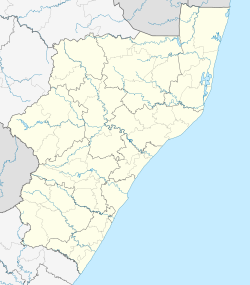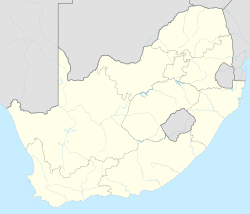Kwangwanase
|
Manguzi kwaNgwanase |
|
|---|---|
|
|
|
| Coordinates: 26°59′46″S 32°45′07″E / 26.996°S 32.752°ECoordinates: 26°59′46″S 32°45′07″E / 26.996°S 32.752°E | |
| Country | South Africa |
| Province | KwaZulu-Natal |
| District | uMkhanyakude |
| Municipality | uMhlabuyalingana |
| Main Place | Manguzi |
| Area | |
| • Total | 5.64 km2 (2.18 sq mi) |
| Elevation | 61 m (200 ft) |
| Population (2011) | |
| • Total | 5,534 |
| • Density | 980/km2 (2,500/sq mi) |
| Racial makeup (2011) | |
| • Black African | 98.2% |
| • Coloured | 0.3% |
| • Indian/Asian | 0.4% |
| • White | 0.4% |
| • Other | 0.8% |
| First languages (2011) | |
| • Zulu | 90.8% |
| • English | 4.2% |
| • Tsonga | 1.4% |
| • Other | 3.6% |
Manguzi or kwaNgwanase (formerly Kosi Bay town) is a rural community in Umkhanyakude District Municipality in the KwaZulu-Natal province of South Africa. It is located some 15 km south of the Mozambique-South Africa border, and is situated near Kosi Bay.
The Manguzi Wireless Internet is a project that provides Internet access, e-mail and learning resources to schools where no telecommunications infrastructure exists utilising a unique combination of radio and satellite broadcasting technologies.
Manguzi Hospital, founded by the Methodist Church in 1948, is a 280-bed District (level 1) hospital, managed by the KwaZulu-Natal Department of Health.
...
Wikipedia



